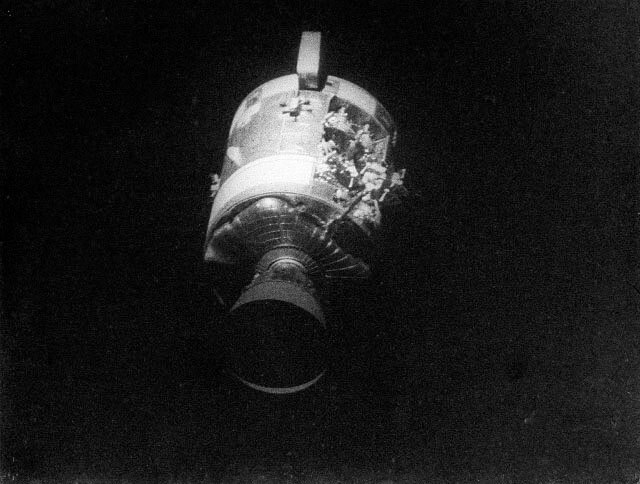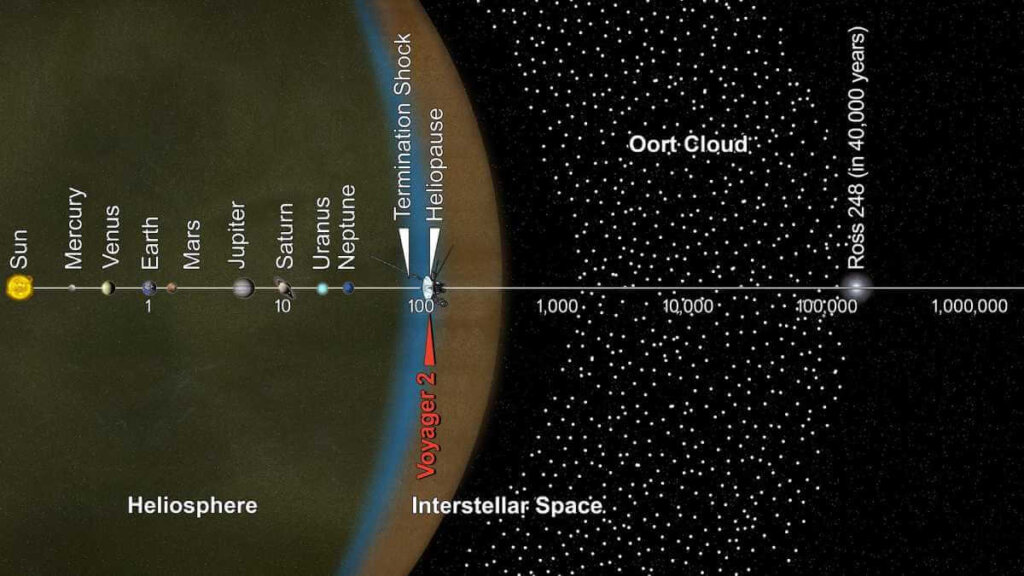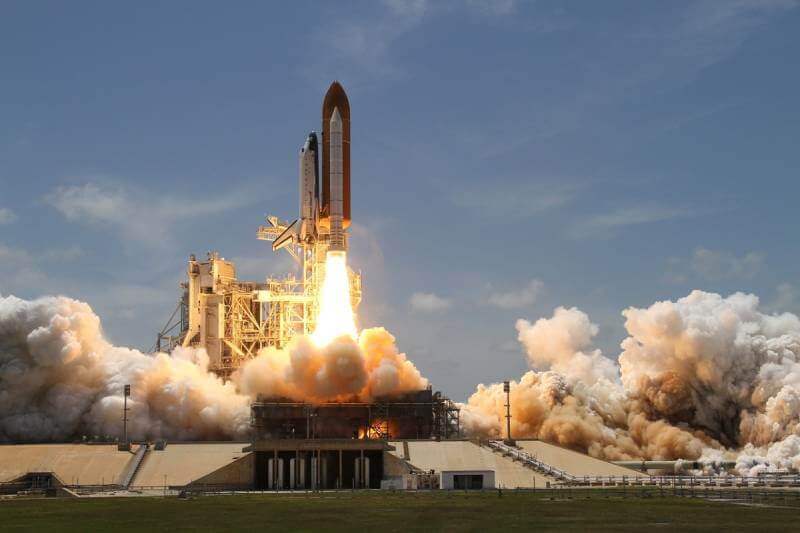It is nearly impossible to measure the exact distance astronauts can travel in space. There are dozens of factors and obstacles they would have to overcome before setting off on their journey. The distance astronauts can travel depends on the technology and resources available to them.
One of the many challenges astronauts face is the vast distances involved. For example, Mars is approximately 140 million miles away from Earth, which means it would take months to travel there, even with the fastest spacecraft available. Another challenge is the number of supplies and equipment they would have to bring with them since there are so many resources in space.
Despite these challenges, space travel is an exciting and key area of exploration. By traveling to these faraway places and studying them, we learn more about the universe and where we originated from. But the question remains, how far can astronauts travel in space?
How Far Have Astronauts Traveled In Space?
The all-American crew of Apollo 13 currently holds the record for further distance traveled in space, and they have held this record for over fifty years. The Apollo 13 crew traveled 400,171 kilometers (248,655 miles) away from Earth on April 14, 1970. The original mission of Apollo 13 was to land on the surface of the Moon and explore the Fra Mauro formation.
Their primary objective was aborted after the Service Module sustained an explosion in the oxygen tank. This accident, in turn, crippled the Command Module. With limited power, a water shortage, and a loss of cabin heat, the crew had no choice but to abandon their mission. To bring the crew members back to Earth safely, a team of engineers and scientists at Houston formulated a plan. This team directed the astronauts to pilot their shuttle into a free return trajectory by using the Moon’s gravity to slingshot the spacecraft back toward Earth.

It has been more than five decades since this historic moment, and since then, astronauts have not been able to beat Apollo 13’s record.
How Far Can Astronauts Travel In Space If They Never Ran Out Of Thrust?
Right now, there are three challenges to overcome: resources, technology, and the laws of physics. If space programs were willing to devote more resources to space travel, we would have the technical expertise to take human beings to any of the known moons and planets within our solar system. Our stopping point, however, would be in the Oort cloud and beyond. Even with the technology we have today, sending a crewed spacecraft to another star system is not possible. At least not yet. But! If we were to somehow develop superior technology such as nuclear-powered rockets, fusion technology, matter-antimatter annihilation, or even dark matter-based fuel, then our only limitations would be the laws of physics. Humans may never be able to achieve warp drive, teleportation, or travel faster than light, but even without invoking new rules of physics, we would make it pretty far.

Sirius, the brightest star in our sky today, is located approximately 8.6 light years away. If a crewed spacecraft were to launch on a trajectory to Sirius and accelerate at a continuous 1g speed for the entire journey, they would reach the star in 5 years. Or, say, a crewed spacecraft wanted to travel to the Orion Nebula, which is located over 1,000 light-years away. They would reach their destination in 15 years. The Andromeda Galaxy is located a whopping 2.5 million light-years from each and would be reachable in only 30 years, but this is only assuming that the spacecraft never ran out of thrust and continued its 1g acceleration.
The relativity of time, however, makes an extreme impact. If a crewed spacecraft were to travel the full 2.5 million light-years away, their friends, families, and co-workers who remained Earthbound would experience the full 2.5 million years that they were gone. Even if you had enough fuel to return home to a futuristic planet outside of your time, a return trip would simply be impossible. Dark energy would drive their original location so far away that the crew would not be able to make it back.
Conclusion
Space exploration is an extremely important mission. If the reason is not to find out what is out there, then it is to figure out how we got here. We, as a society, have come so far and have explored so little. Space exploration is on the brim of taking off, literally. Getting to the Moon, sending a rover to Mars, and capturing images of far-off planets is just the beginning.
Scientists and engineers genuinely believe that if we can send probes and satellites hundreds or thousands of light-years away from Earth, then we most certainly can travel those distances. The only thing stopping us is the dedication of resources and further development in technology.
So, for now, man will have to settle with the Moon, but that does not mean sometime in the next five, ten, or twenty years, that humanity will have a breakthrough and finally step foot on a different planet. The Moon is just the first step.

